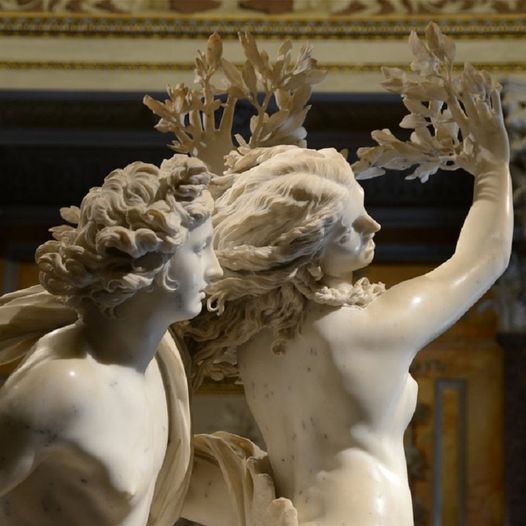Indian temples are renowned for their exquisite architecture and intricate artwork, showcasing centuries of cultural and religious heritage. From the towering spires
The Magnificence of Indian Temple Art
Indian temples are renowned for their exquisite architecture and intricate artwork, showcasing centuries of cultural and religious heritage. From the towering spires of South Indian Dravidian temples to the intricately carved facades of North Indian Nagara temples, these architectural marvels are not only places of worship but also repositories of artistic mastery. In this blog post, we delve into the rich tapestry of Indian temple art, exploring its diverse styles, themes, and influences.

The Diversity of Indian Temple Architecture
One of the most striking features of Indian temple art is its remarkable diversity, reflecting the country's rich tapestry of cultural influences and regional traditions. In South India, temples such as the Brihadeeswarar Temple in Thanjavur and the Meenakshi Temple in Madurai are celebrated for their towering gopurams (entrance gateways) adorned with intricate sculptures of deities, mythical creatures, and celestial beings. In contrast, North Indian temples like the Kandariya Mahadeva Temple in Khajuraho are characterized by their ornate spires and erotic sculptures, showcasing the influence of Hindu and Jain architectural styles.
The Splendor of Temple Sculpture
At the heart of Indian temple art lies the tradition of sculpture, with temples serving as veritable galleries of stone and bronze masterpieces. From the serene forms of gods and goddesses to the dynamic depictions of mythical narratives, temple sculptures embody the divine and the mundane in equal measure. The Khajuraho Group of Monuments, for example, is renowned for its intricate carvings depicting scenes from the Kama Sutra and other aspects of daily life, offering a window into the social and cultural mores of medieval India.
The Symbolism and Spiritual Significance
Beyond their aesthetic appeal, Indian temple art is imbued with deep symbolism and spiritual significance. Every aspect of temple architecture and decoration is laden with meaning, from the orientation of the temple to the placement of deities and the motifs adorning its walls. The intricate carvings and sculptures serve not only as decorative elements but also as aids to meditation and devotion, inviting worshippers to contemplate the divine mysteries and seek spiritual enlightenment.
Preservation and Rediscovery
While Indian temple art has endured for centuries, it has also faced threats from natural disasters, vandalism, and neglect. In recent years, however, there has been a renewed effort to preserve and protect these invaluable cultural treasures. Government agencies, conservation organizations, and local communities are working together to restore temples, safeguard sculptures, and promote awareness of India's artistic heritage. Through initiatives such as digital documentation, heritage tourism, and educational outreach, efforts are underway to ensure that future generations can continue to marvel at the splendor of Indian temple art.
Conclusion: A Testament to Human Creativity and Devotion
In conclusion, Indian temple art stands as a testament to the creativity, craftsmanship, and spiritual devotion of the country's artisans and worshippers. Across the length and breadth of India, from the snow-capped peaks of the Himalayas to the sun-kissed shores of the Indian Ocean, temples bear witness to the enduring legacy of a civilization that has thrived for millennia. As we gaze upon the timeless beauty of Indian temple art, we are reminded of the power of human creativity to transcend time and space, inspiring awe and reverence for generations to come.










